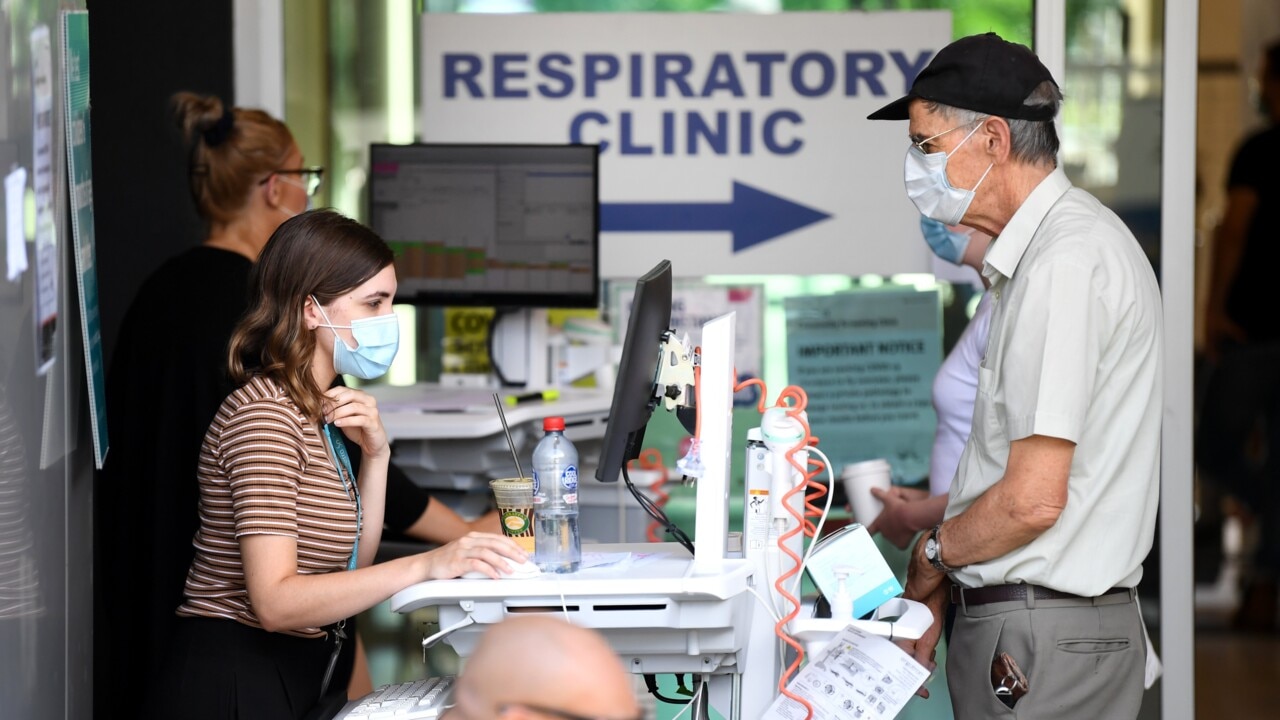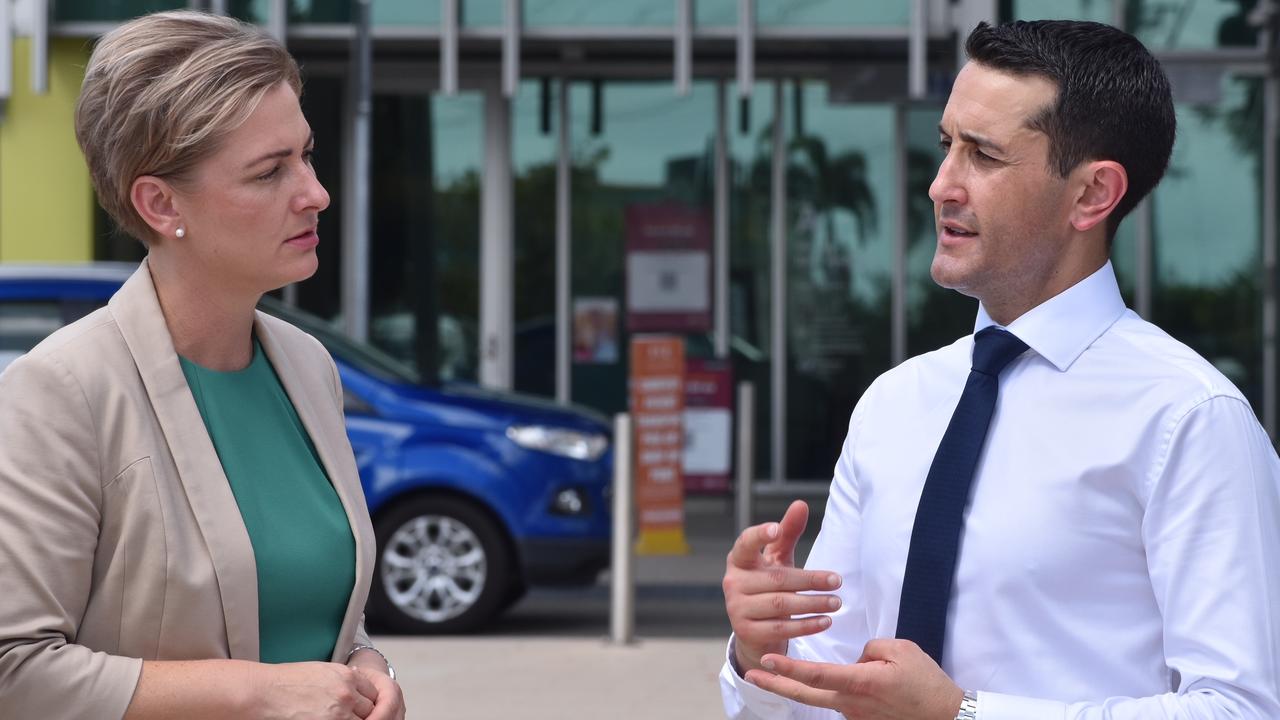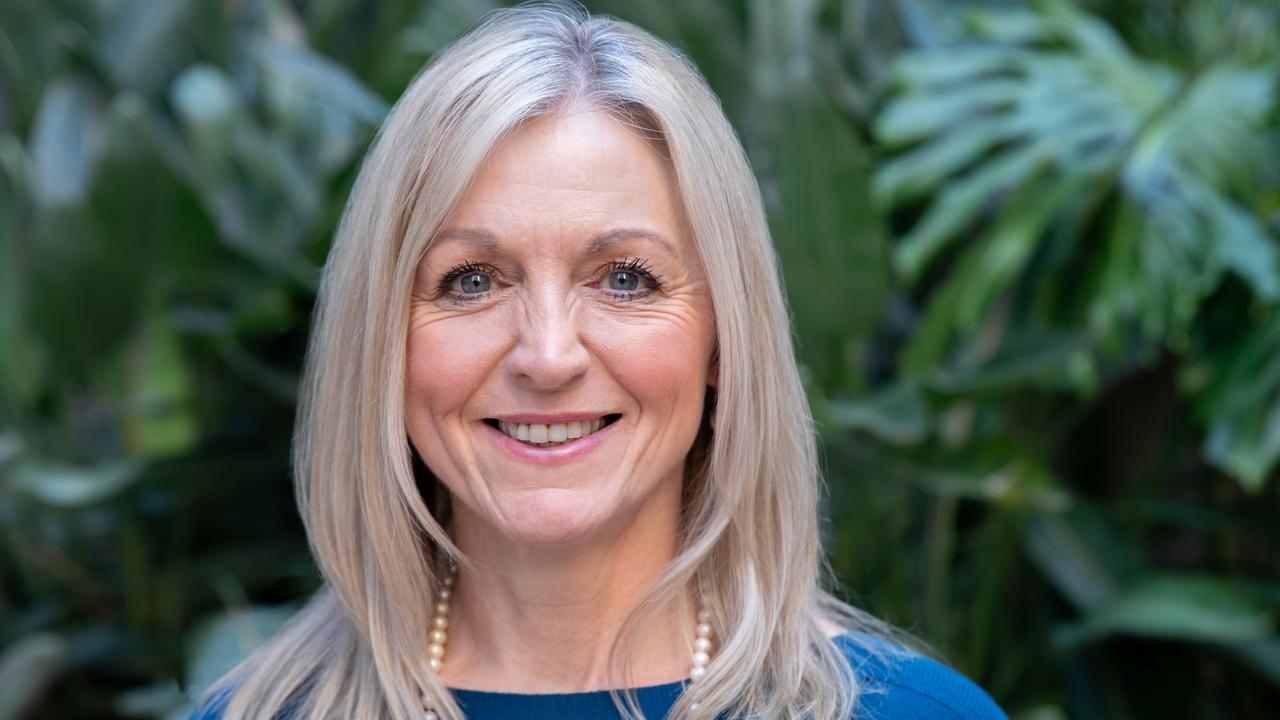Mackay Base Hospital ambulance ramping increases to a third
A third of patients who present to Mackay Base Hospital’s ED wait for 30 minutes or longer to be transferred off-stretcher. The opposition blames bloated administration and a shortage of triage nurses. Read why the issue is not clear cut.

Ramping figures at Mackay Base Hospital continue to climb as demand surges for emergency care.
For the three months to December 2021, 32 per cent of patients presenting to the emergency department waited more than 30 minutes to be transferred off-stretcher, a 7 per cent increase in one year.
Opposition Leader David Crisafulli has come out swinging against what he calls a ‘Queensland Health crisis’.
“These new figures are deeply concerning,” he said.
“The repercussions of the Queensland Health crisis are being felt in places like Mackay and Whitsundays.
“The problem isn’t getting better and the State Government has no coherent plan to fix it.”

MHHS chief executive Lisa Davies Jones said the hospital was confronting record levels of demand.
“Mackay Base Hospital is extremely busy with a high demand for emergency care and sick people needing a hospital bed,” she said.
“Demand for public healthcare continues to grow and every month we set a new record for the number of people seen in emergency.
“This growth means more beds are needed and they will also allow us to meet rising demand for elective and emergency surgery.”
Mrs Jones also said the availability of ward space and beds restricted the flow of patients through emergency.
“A new ward can’t be built overnight but I can reassure the community planning work has started to determine the number of beds and funding needed for this hospital expansion,” she said.
A preliminary business case to expand the hospital is under way.
For registered nurse and opposition health minister Ros Bates, the central problem crushing emergency departments at a lot of hospitals is a substandard triage system, or the method by which patients are sorted based on the severity of their condition.
She claims nurses are not given the support they need to effectively triage.
“There is only one triage nurse for front and back of house,” she said.
“So the nurses are having to deal with the walk-ins on top of the ambulances who are coming in at the back of the hospital.
“So providing a framework where nurses can be trained up and more nurses trained up to do triage would be beneficial.
“And also in busy emergency departments, where you are having ramping on the ramp itself, you have two triage nurses.
“So one for front of house and one for back of house, which would speed up the process.”

Mrs Bates argued the state government failed to plan during Covid.
“You could have employed graduate nurses to do the Covid testing and vaccinations and at the same time you could have trained up your ward staff to assist in ED (emergency department) or ICU for instance, so when the inevitable crunch came, you had a backup of nursing staff to deal with patients, particularly in EDs and ICUs and that didn’t happen.”
Mrs Bates also said a shortage in triage nurses was a failure of administration rather than supply.
“It’s a matter of the department saying that they can’t fund them, not that there isn’t people who aren’t willing to do the job,” she said.
“There isn’t a shortage of nurses, there is a shortage of nurses who want to work for Queensland Health.”
Mrs Bates said her diagnosis of triage nurse shortages and administrative bloat was relevant to Mackay Base.
“It’s the same in every hospital,” she said.
A MHHS spokesman, however, said the hospital already had two triage nurses, including one dedicated for ambulance arrivals.
“This nurse holds the QAS phone through which we are advised in advance of all patients arriving by ambulance,” the spokesman said.
“When they are not triaging ambulance arrivals they work with the other triage nurse for walk-in patients.”
A Queensland Health spokesman also claimed the department prioritised professional development opportunities for nurses who wanted to move into triage.

The spokesman declined to answer whether funding levels would be increased to support more triage nurses in the short or medium term.
Mr Crisafulli and Mrs Bates have also pledged to “give power back” to frontline workers.
“They know what needs to be done in their departments, they know what works and doesn’t work, but they are not being listened to,” Mrs Bates said.
While the ramping figure has attracted criticism, Mackay Base Hospital registered more positive numbers in other metrics.
Across the quarter, the hospital treated 13,913 people, a 2 per cent increase from the same period in 2020.
Doctors and nurses treated 100 per cent of category one patients, or those with immediately life-threatening conditions, within the clinically recommended time.
The hospital scored 92 per cent for category two patients, or those with imminently life-threatening conditions.
Despite staff shortages and surging demand, 79 per cent of all patients who presented to the hospital were treated within the clinically recommended time.
For elective surgeries, the hospital treated 83 per cent of patients within the clinically recommended time.
More Coverage
Originally published as Mackay Base Hospital ambulance ramping increases to a third









